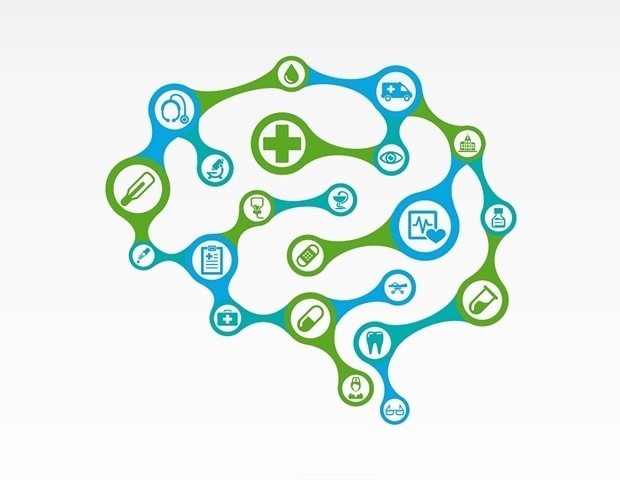
In a ten-year registry follow-up, adolescents treated according to the Open Dialogue treatment model had a lower risk of receiving out-of-home care compared to those receiving other forms of mental health treatment. Based on the results, low-threshold network psychotherapeutic treatment models can safely reduce the need for inpatient adolescent psychiatric care without a significant increase in alternative out-of-home interventions. However, both treatment groups included young people who were regularly treated outside their homes in hospitals, child protection units, and supportive housing facilities, and who had an elevated risk of disability and mortality.
Adolescent psychiatric wards in Finland have become overwhelmed. The problem has been partly attributed to the scarcity of adolescent psychiatric inpatient beds. On the other hand, both psychiatric inpatient care and other out-of-home interventions involve risk factors such as institutionalization, disrupted relationships, and retraumatization. Because of this, the benefit-risk ratio of out-of-home interventions must always be carefully considered. Moreover, institutional care incurs significant societal costs.
As an alternative to institutionalization, the development of network-oriented and systemic outpatient treatment models can be considered. One example of such a treatment model is the Open Dialogue model, which in previous studies has been associated with reduced use of psychiatric hospital care. However, there has been a lack of research evidence on whether the Open Dialogue treatment system compensates for psychiatric inpatient care with other forms of out-of-home interventions, such as child protection and supportive housing services.
The comprehensive registry follow-up included all adolescents aged 13 to 20 who used specialized psychiatric services in Finland for the first time between 2003 and 2008. The study analyzed the risk of young people ending up in out-of-home care within ten years from the start of psychiatric treatment contact. Additionally, the risk of recurrence of out-of-home care was examined after the first discharge. The study compared the outcomes of adolescents who initiated their treatment in the Open Dialogue treatment system with those who initiated treatment elsewhere in Finland. Demographic and clinical background factors were taken into account in the analyses.
Smoother access to treatment without diagnoses or referrals
In the Open Dialogue treatment model, adolescents who initiated treatment received less out-of-home care throughout the ten-year follow-up period compared to those who started mental health treatment elsewhere. Although out-of-home care was used in more severe situations in the dialogic treatment system, they had a lower risk of recurrence of out-of-home care compared to the comparison group.
The Open Dialogue treatment model was developed through collaboration between the Department of Psychiatry in the Western Lapland (Länsi-Pohja) Hospital District and the Department of Psychology at the University of Jyväskylä. In this treatment model, mental health services have been reorganized so that a psychological crisis can be immediately addressed without the need for diagnoses or referrals. Treatment is provided in people’s homes, and their social network is always invited to be a part of the treatment process. The focus of treatment is not primarily on symptoms but on a comprehensive consideration of the individual’s life situation through shared interpretation and decision-making processes. The treatment model emphasizes continuity of care, psychotherapeutic interaction, and a need-adapted approach.
The Open Dialogue model has been included in the new mental health treatment guidance of both the World Health Organization (WHO) and the European Commission. The treatment model is currently being developed and studied in multiple countries.
The results of the registry follow-up have been published in Child Abuse & Neglect in August 2023.
Source:
University of Jyväskylä
Journal reference:
Bergström, T., et al. (2023). Out-of-home interventions for adolescents who were treated according to the Open Dialogue model for mental health care. Child Abuse & Neglect. doi.org/10.1016/j.chiabu.2023.106408.

 PARENTING TIPS
PARENTING TIPS







 PREGNANCY
PREGNANCY








 BABY CARE
BABY CARE








 TODDLERS
TODDLERS








 TEENS
TEENS








 HEALTH CARE
HEALTH CARE







 ACTIVITIES & CRAFTS
ACTIVITIES & CRAFTS








 CONTACT
CONTACT ABOUT
ABOUT













